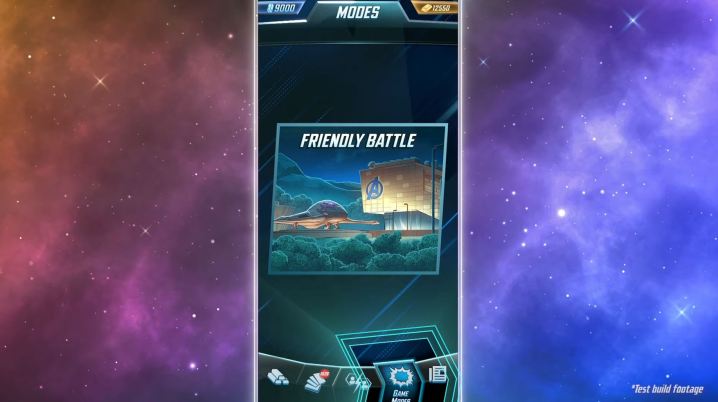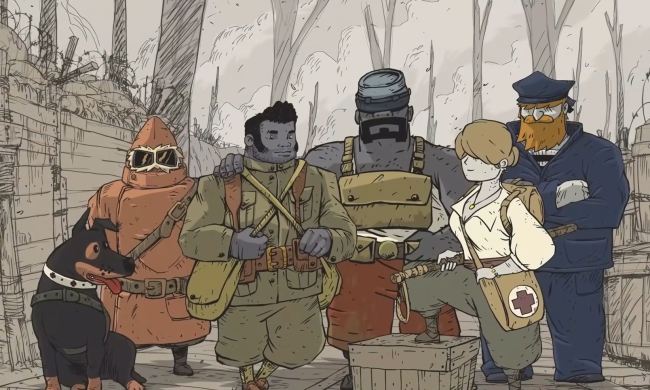I’ve been hooked on Marvel Snap ever since I gained access to its beta in May 2022. The core, fast-paced gameplay has allowed the card game to sustain itself on just one match type and very few game-changing updates outside of the Token Shop. That feeling probably won’t last forever, though. If Second Dinner wants to keep the Marvel game relevant after a strong launch period, it needs to keep expanding and spicing it up in exciting new ways. The new Friendly Battle is a solid first step for that.
Marvel Snap’s developers teased a Friendly Battle mode that allows players to create private games with friends for a long time. The mode finally arrived on January 31 and lived up to expectations. In fact, playing it whetted my appetite for the future of Marvel Snap as I think about how the game could expand and improve with more social systems and modes to keep players coming back for years to come.
The strengths of Friendly Battle mode
Marvel Snap’s Friendly Battle mode utilizes the same six turn, location, and card ability-based formula Digital Trends has praised thoroughly. What’s different is the length of the fights and who you can compete against. Typically, matchmaking is random, but Friendly Battle allows players to Create and Join matches via a generated Match Code. This means there is finally an easy way to play Marvel Snap with your friends, showing off your deck or testing new strategies with them.
These aren’t just one-and-done matches like normal, though. Instead, each player takes one of their decks into a round-based battle where they start with 10 health. Whoever loses each round will also lose health equal to the Cube Value. This keeps going until one player runs out of health, with higher Cube Value stakes from Round Five and onwards, ensuring that Friendly Battle retains the speediness of the default game mode. The health-based setup is an enjoyable variation of Marvel Snap’s core formula.
It gives another purpose to snapping during a match outside of account progression. Meanwhile, the round-based setup allows players to stretch their strategic muscles as they adapt to each new round, finding the opposing deck’s weaknesses and trying to avoid their own. Plus, even when I was joining games using codes players posted on Marvel Snap’s Discord, there was a greater sense of community in discovering what decks other players were using and communicating with my opponent more via the in-game messages and emotes.

Seeing the strengths of Friendly Battle mode, it has become evident what elements of the game the developers need to focus on and expand going forward.
Setting a precedent
Looking at games like Magic: The Gathering and Hearthstone, their communities are what have allowed those card games to stand the test of time. Marvel Snap may be just as good as those from a gameplay standpoint, but it needs interested players to continue supporting it over the long term if it wants to be more than the mobile gaming fad. With players getting increasingly mad at its microtransactions and progression, it is a critical time to renew interest.
Friendly Battle is an excellent first step for that. This new mode finally gives Marvel Snap players a more direct way to connect and potentially set up tournaments that can keep the competitive scene alive. Second Dinner still needs to add more social features in-game, though. Second Dinner teased that it considering the addition of Player Guilds last year, and being able to join a Guild or at least Friend another player’s account would encourage players to stick around and play and socialize with their friends more.
Being able to trade cards with other players is a feature I’d like to see because of how odd Marvel Snap’s progression is. For something like that to work, though, Guilds or an account friending system are necessary prior additions. The necessity of a dedicated social community of players also means that the developers must add more new modes so veterans have a reason to stick around and new players have new reasons to join.

The Friendly Battle update checks both of those boxes by making the social element of Marvel Snap stronger and adding a whole “Game Modes” that should include more than Friendly Battle. Thankfully for Second Dinner, the core gameplay of Marvel Snap is so entertaining that it should sustain players’ enjoyment as they take the time to figure things out.
Still, any live service needs consistent noteworthy updates to keep players attention; Second Dinner needs to keep this in mind as it comes up on the first anniversary of the game for beta players. As the honeymoon period with Marvel Snap wears off, the game needs to invest in keeping its community strong and retaining players. Increasing the in-game social systems and adding more new modes as fun and social as Friendly Battle will be key to that.



